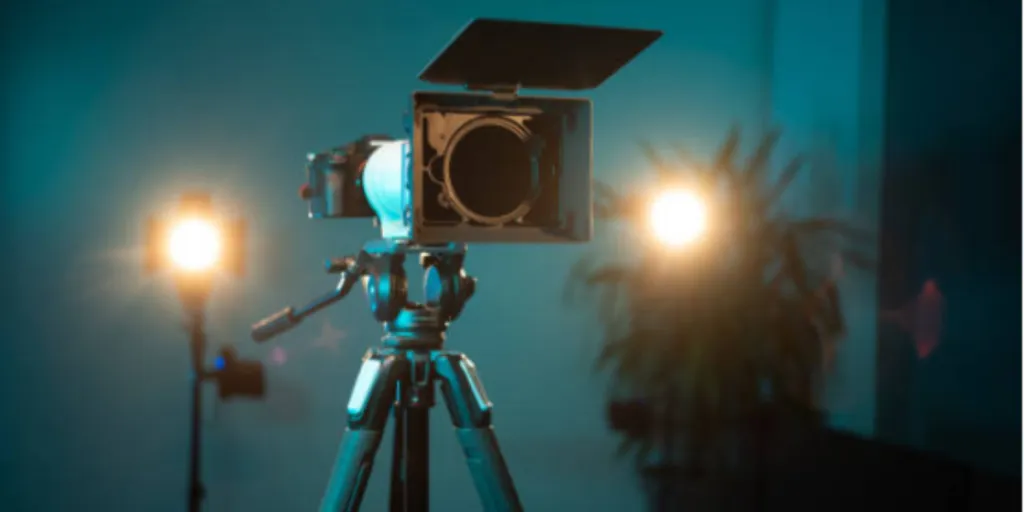In the dynamic world of professional photography, the right lighting can be the difference between a captivating image and a lackluster one. As navigated in 2024, the advancements in lighting technology not only promise enhanced photo quality but also open doors to innovative storytelling and branding opportunities. The Photography Lighting Equipment market, recognized as a vibrant and multifaceted sector, has seen significant shifts, especially with the global impacts of the COVID-19 pandemic. Major players like Manfrotto and OSRAM are at the forefront, emphasizing the industry’s resilience and adaptability. Whether it’s a product showcase or a brand campaign, the power of impeccable lighting remains undeniable.
Table of Contents
2024 lighting market snapshot
Diverse lighting options
Choosing the right light
Final thoughts
2024 lighting market snapshot
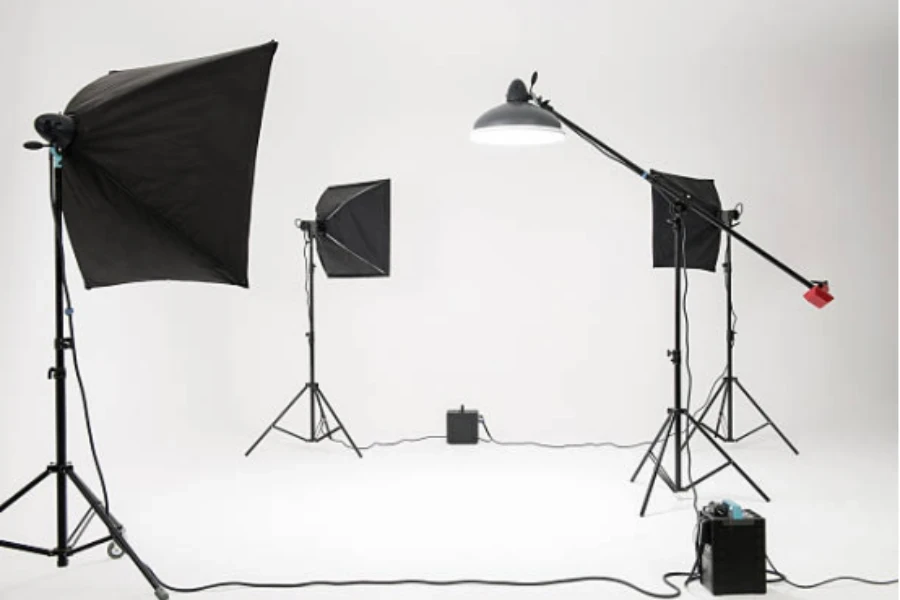
The photographic lighting market in 2024 is characterized by rapid advancements and shifts in preferences, driven by technological innovations and evolving photography needs.
The rise of versatile lighting kits
Photographers and videographers today demand equipment that can cater to a wide range of applications, from studio shoots to on-location assignments. The market has responded with versatile lighting kits that seamlessly adapt to various photo and video requirements. These kits are not just about flexibility; they also ensure that the quality of light remains consistent across different settings. Such versatility is crucial in today’s fast-paced world where professionals often juggle multiple projects and need equipment that can keep up.
The balance between power and portability
Powerful lighting is a prerequisite for capturing stunning images, but there’s an increasing emphasis on portability. On-location shoots, whether for events, documentaries, or brand campaigns, require equipment that’s both potent and portable. The market has seen a surge in compact yet powerful lighting solutions that don’t compromise on performance. This trend is a testament to the industry’s commitment to delivering tools that cater to the dynamic needs of today’s photographers.
Affordability vs. professional-grade equipment
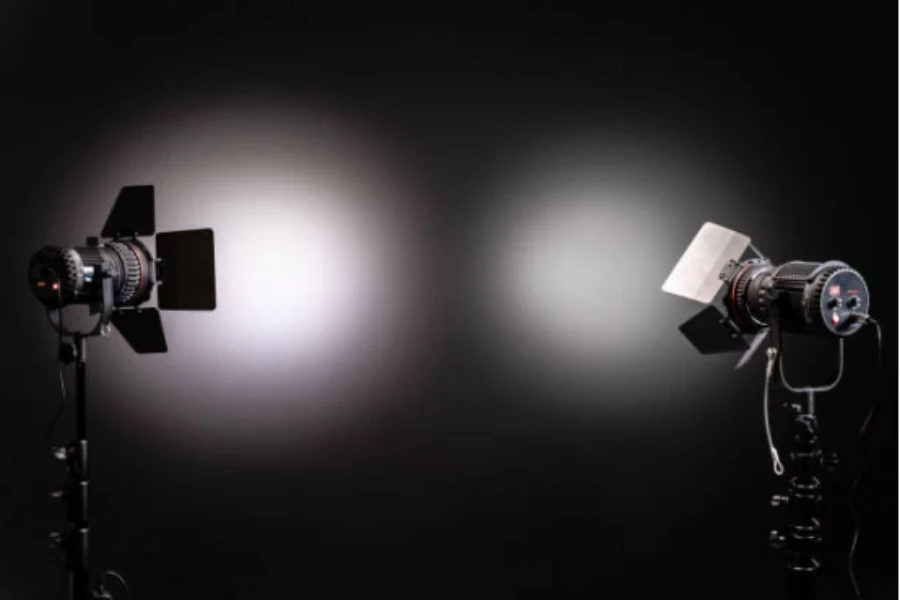
The photographic lighting market of 2024 presents a diverse range of options, catering to both budding photographers and seasoned professionals. On one end of the spectrum, there are budget-friendly options that, while affordable, don’t skimp on quality. These are ideal for those just starting out or for applications that don’t demand high-end equipment. On the other end, there’s professional-grade equipment that offers unparalleled performance, precision, and durability. These high-end tools are for professionals for whom photography isn’t just a passion but a livelihood.
From the recent market analysis, the Photography Lighting Equipment Market is dynamic and multifaceted, warranting a comprehensive understanding. The global impacts, such as the COVID-19 pandemic, have brought about significant shifts in production, demand, and even the supply chain. However, despite these challenges, the industry continues to evolve, with manufacturers and brands striving to cater to the ever-changing needs of their clientele. Whether it’s the balance between power and portability or the tug-of-war between affordability and professional-grade equipment, the market in 2024 promises innovations that will shape the future of photography.
Diverse lighting options
Continuous lighting
Continuous lighting, as the name suggests, provides a steady and unbroken source of light, making it a favorite for video work. This type of lighting allows videographers and photographers to see the immediate impact of light on their subjects, offering a real-time preview. It’s especially advantageous for those who prefer to adjust their setups on the fly.
Strobe lighting
Strobe lighting is powerful and can freeze fast-moving subjects in their tracks. This makes it particularly suitable for capturing dynamic scenes, such as dancers in motion or athletes in action. The burst of light from a strobe can illuminate a subject in a way that continuous lighting can’t, providing sharpness and clarity.
LED lighting
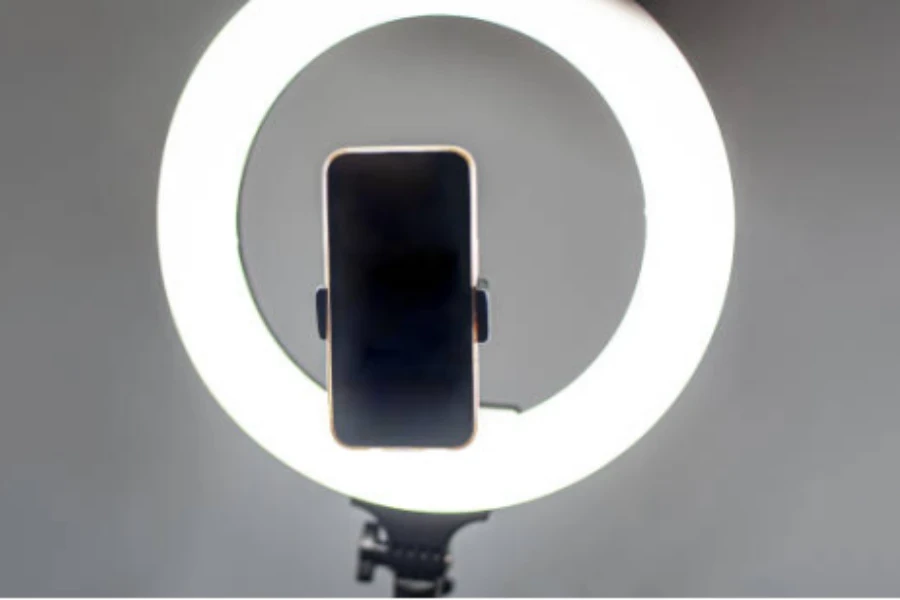
The rise of LED lighting solutions in the photographic world is undeniable. LEDs are not only energy-efficient but also known for their color accuracy. They offer a cooler temperature, making them ideal for long shoots, and their versatility allows for both video and photo applications. As technology advances, LEDs are becoming more powerful, rivaling traditional lighting methods.
Flash kits
Flash kits are versatile tools in a photographer’s arsenal. They can be used in various scenarios, from studio setups to on-location shoots. The instantaneous burst of light from a flash can illuminate subjects in ways continuous lighting can’t. Modern flash kits come with a range of modifiers, allowing photographers to shape and control the light to their liking.
Incorporating the right type of lighting can make all the difference in achieving the desired outcome in photography. Whether it’s the consistent glow of continuous lighting, the powerful burst from a strobe, the energy efficiency of LEDs, or the versatility of flash kits, understanding the strengths and applications of each can elevate the quality of the final image. As the industry evolves, staying updated with the latest lighting techniques and equipment is crucial for professionals catering to the ever-changing demands of their clientele.
Choosing the right light
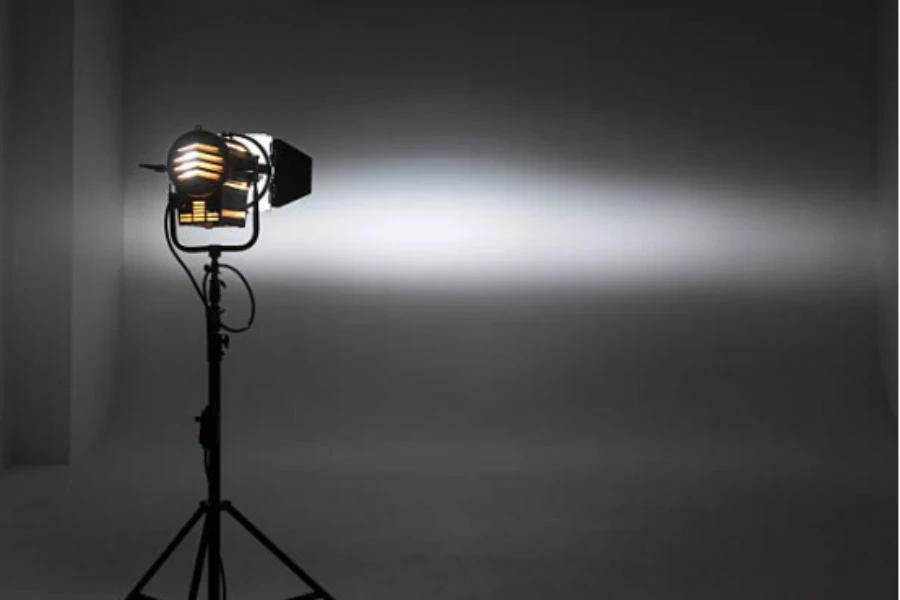
Power output and performance
Power output is a pivotal factor when selecting photographic lighting. It determines the intensity and reach of the light, impacting the clarity and depth of the captured images. For instance, a high power output is essential for large studio setups, ensuring even illumination across subjects. Conversely, for intimate portraits or product shots, a softer, more controlled output might be preferable. It’s not just about raw power; it’s about the right power for the intended application.
Versatility and features
Modern lighting equipment comes packed with features that enhance their versatility. High-Speed Sync (HSS) allows photographers to shoot at faster shutter speeds, capturing crisp images even in bright conditions. TTL metering, on the other hand, automates the flash power, adjusting it based on the camera’s metering system. And built-in radio receivers? They simplify off-camera flash setups, eliminating the need for external triggers. These features, while seemingly technical, can drastically improve the quality and flexibility of photography sessions.
Portability and design

For photographers constantly on the move, portability is paramount. Bulky equipment can be a hindrance, especially during on-location shoots or when traveling. Compact designs, foldable softboxes, and lightweight stands have become industry standards. But it’s not just about weight; the durability of the equipment, its resistance to wear and tear, and ease of setup all play a role in its overall portability.
Price point and value for money
In the world of photographic lighting, the price spectrum is vast. From budget-friendly options to high-end professional kits, there’s something for every pocket. But it’s essential to strike a balance between cost and quality. Retailers must consider the longevity of the equipment, its performance, and the after-sales support. It’s not about finding the cheapest option, but about identifying products that offer genuine value for money, ensuring customer satisfaction in the long run.
In the ever-evolving landscape of photographic lighting, understanding these factors is crucial. It empowers professionals to make informed decisions, ensuring they invest in equipment that aligns with their needs and the demands of their clientele. As technology advances and new products flood the market, staying updated and discerning is more important than ever.
Final thoughts
Navigating the intricate landscape of photographic lighting in 2024 requires a keen understanding of market trends, equipment types, and the factors influencing purchase decisions. For industry professionals, staying abreast of these developments is not just about offering the best products but about empowering clients with tools that elevate their craft. As the line between affordability and professional-grade equipment blurs, and as technology continues to innovate, the onus is on retailers to discern, adapt, and thrive in this dynamic environment. The future of photography is bright, and with the right lighting choices, it promises to shine even brighter.
